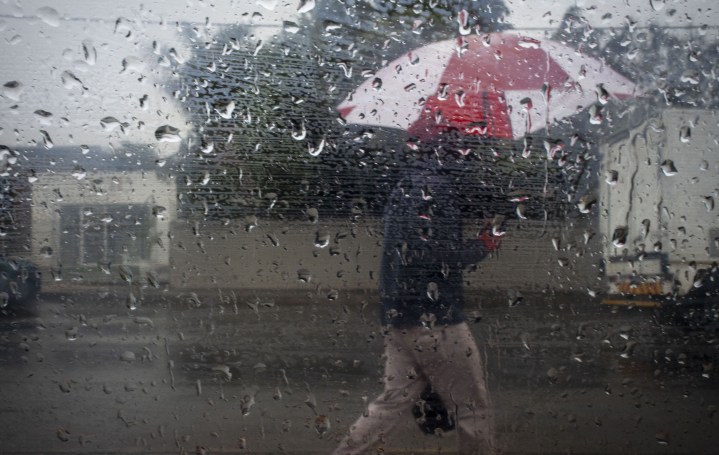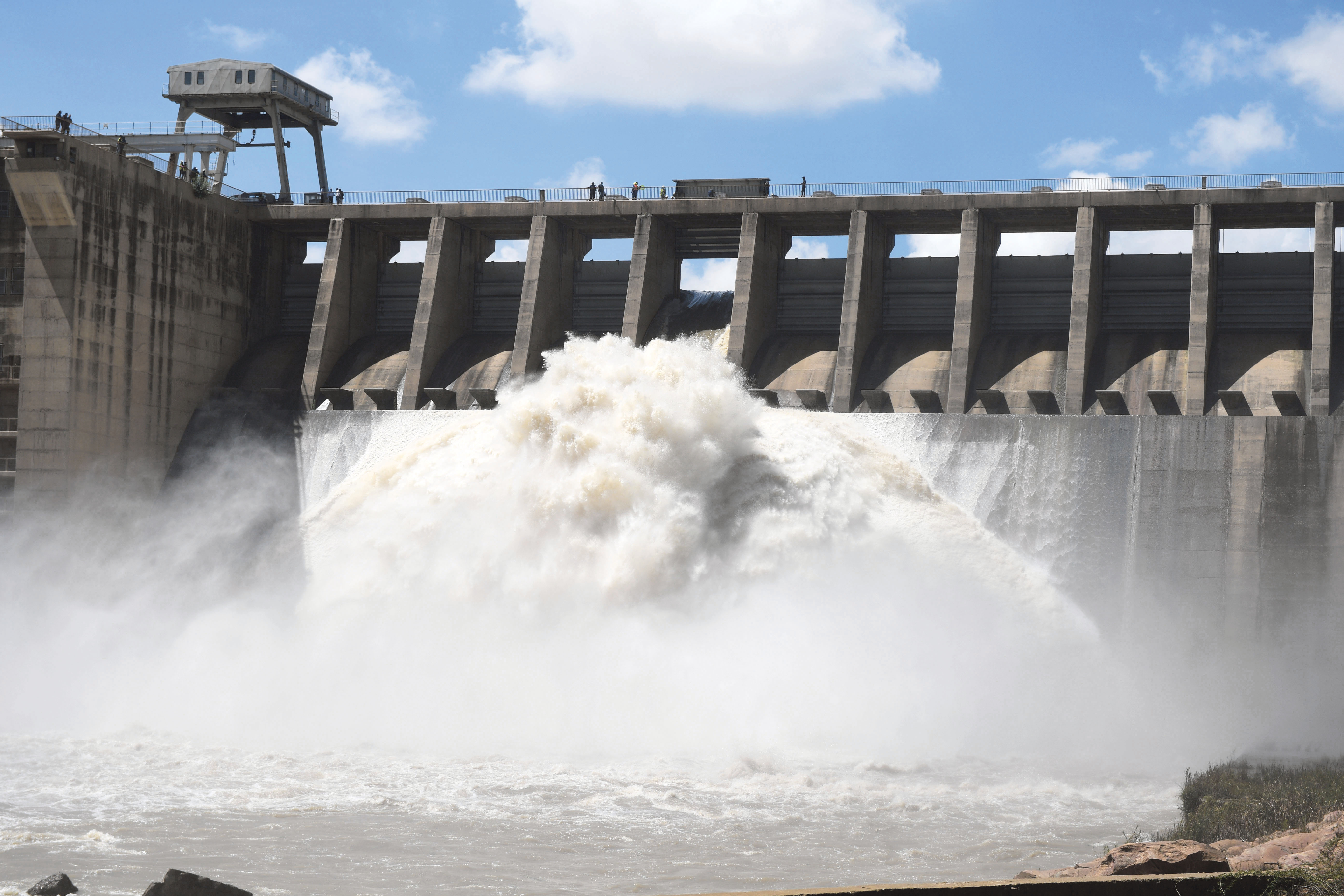WEATHER OUT OF WHACK
Wondering why it’s raining so much? A rare La Niña gripping SA the likely answer

As heavy rains sweep the country again, it appears South Africa is in the grips of a rare weather phenomenon that scientists believe has been triggered – surprisingly – by global warming.
We have now entered the third consecutive year of La Niña, which is so rare that it has only been seen twice since 1950.
La Niña, or the “little girl”, is a global weather phenomenon that occurs in the Pacific Ocean, and for some countries like South Africa brings above-average rainfall.
The opposite is El Niño (the “little boy”), which brings drier conditions.
Scientists had hypothesised that global warming and the heating of the Pacific Ocean through anthropogenic-caused warming would be likely to result in more El Niños that would usher in periods of drought in places like South Africa.
But new research recently published in the journal Geophysical Research Letters suggests unexpectedly that at least in the short term climate change might trigger more La Niñas.
Why this is so is not fully understood.
Usually, the Pacific Ocean cycles between El Niño and La Niña conditions, but when scientists looked at temperatures on the surface of the ocean recorded by ships and ocean buoys between 1979 and 2020, they noticed a surprising trend.
The part of the Pacific Ocean responsible for the two opposing weather phenomena, off South America, has cooled slightly.
“Over the last 40 years, that climate is changing in the opposite direction. And that part we don’t really understand,” says the lead author of the paper, Robert Jnglin Wills, a University of Washington research scientist in atmospheric sciences. He adds that there are a couple of hypotheses but they are all quite complicated.
Read more in Daily Maverick: “Southern Africa’s summer has been wetter than normal: Here’s why”
“The simplest one is that these deep, cool ocean waters are coming up to the surface and keeping those temperatures cool. And for some reason, climate models aren’t quite capturing how efficient this cooling is,” he explains. “It could also be related to changes as far away as Antarctica, where the Antarctic ice sheet is melting. And this adds freshwater to the ocean, changing the whole Southern Ocean temperature structure.”
The past two La Niña events have brought higher-than-average rainfall to the areas of South Africa that are influenced by the phenomenon.
Dams are full and the Integrated Vaal River System is currently at 95% of its capacity.
Read more in Daily Maverick: “The Vaal River water system is South Africa’s economic lifeline — Lindiwe Sisulu’s R8bn rescue plan is mission critical”
“We haven’t had such an abundant supply of water in many, many years, maybe even in decades,” says Francois Engelbrecht, a professor of climatology at Wits’ Global Change Institute.
But with the higher rainfall comes other concerns.
“Impacts can be both negative and positive, but for me, the negative impacts, associated with flash flooding, for instance, are concerning as these could have serious economic, agricultural and health impacts,” says Dr Sarah Roffe of the Institute for Soil, Climate and Water at the Agricultural Research Council.

Water flows from the Vaal Dam after several sluice gates were opened by the Department of Water and Sanitation on 11 February 2021 in South Africa. (Photo: Gallo Images / Beeld / Deaan Vivier)
Visit Daily Maverick’s home page for more news, analysis and investigations
During La Niña conditions some countries over equatorial East Africa experience drier-than-normal conditions.
With La Niña, flooding events such as 2022’s Durban floods that killed 448 people are more likely to occur, while cyclones have a greater chance of making landfall in Mozambique.
“It means we will have to be on high alert from the beginning to manage flash floods,” warns Engelbrecht, who agrees that climate warming is most likely behind the three consecutive La Niñas.
“But what you need to remember is that this is a single study but it is a credible one.”
Read more in Daily Maverick: “Village farmers count the costs after La Niña rains wreak havoc”
Engelbrecht added that the Intergovernmental Panel on Climate Change (IPCC) had said in the past that while there was some evidence of La Niña events becoming more frequent and El Niños stronger, they weren’t willing yet to make a formal assessment.
“But what the IPCC was willing to say is that when La Niña and El Niño events occur they are causing more intense rainfall anomalies than in the past.”
Wills and his colleagues believe that climate warming will eventually swing from favouring La Niñas towards El Niños.
“The climate models are all saying we will eventually get El Niño-like conditions. There is also evidence from fossilised corals or detritus from organisms in the oceans and isotopes that suggest that past warm climates all pointed towards El Niño-like conditions.”
What is not known is how long climate change will favour La Niñas and how much of a wetter future South Africa will have.
“The findings from this study really highlight that more research needs to be undertaken to further understand La Niña impacts across southern Africa,” says Roffe. DM168
This story first appeared in our weekly Daily Maverick 168 newspaper, which is available countrywide for R25.






















 Become an Insider
Become an Insider
Comments - Please login in order to comment.